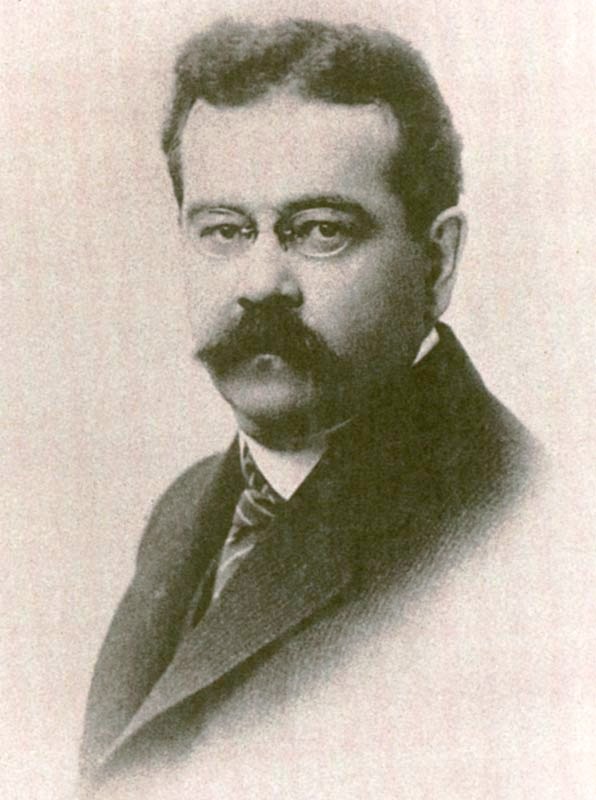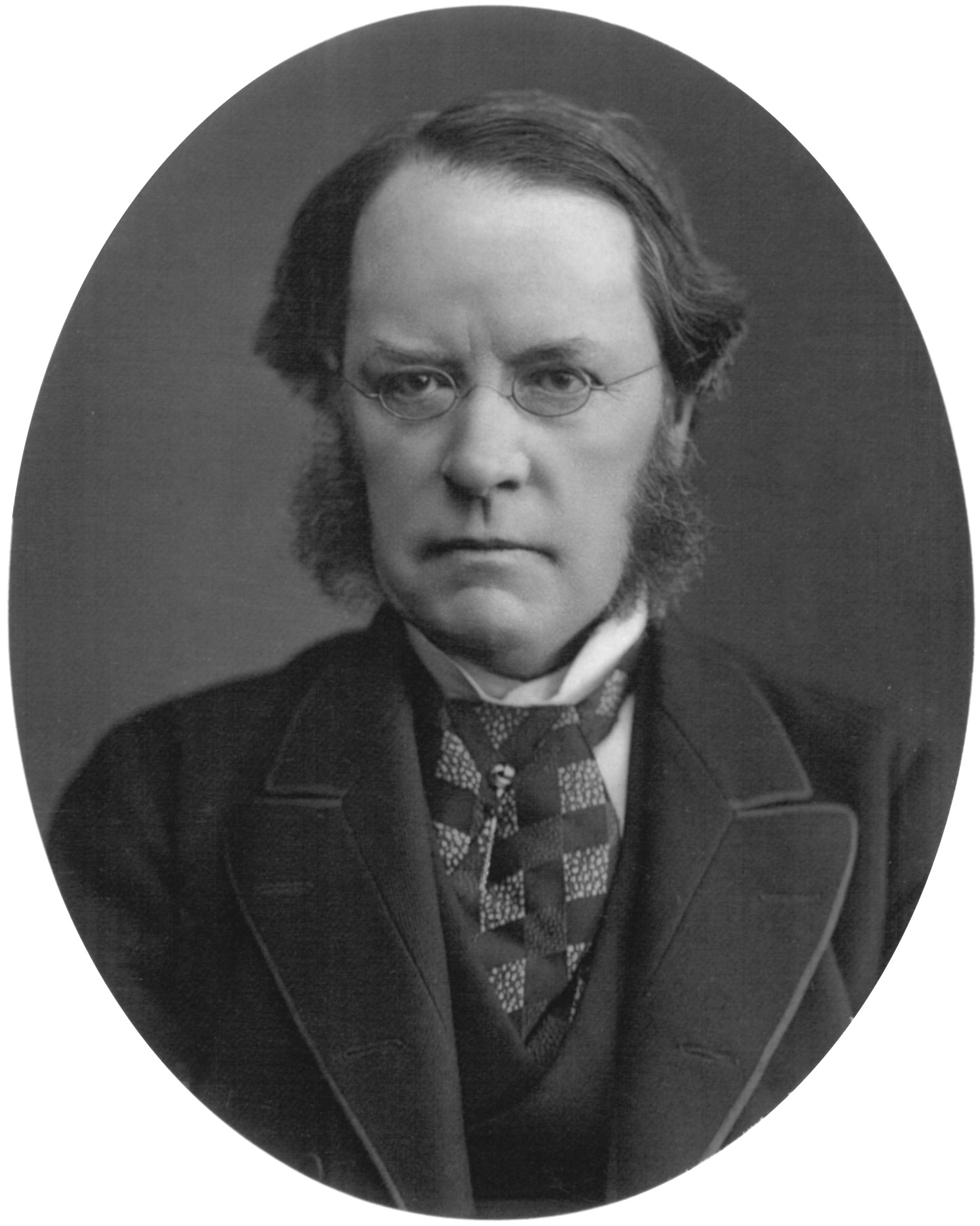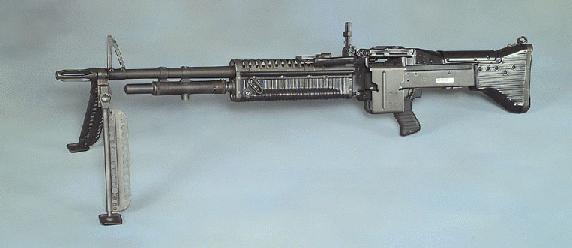With hindsight the concentration camps active in the Congo should not have come as a surprise. After all, they had been common practice by the British in southern Africa since the Boer War. While the existence of internment camps in the country had been common knowledge on the world stage practically since the FBU took on the colony as a protectorate in the wake of the dismemberment of Belgium the existence of the so called "black sites" deep within the interior of the country were not. When a team of Hussars stumbled across the derelict remains of one such black site in 1966 the results were sickening, revealing at least three mass graves filled with incontrovertible evidence of civilians who had been exposed to chemical weapons and herded in to die. The Rubicon had been crossed.
It seems an odd line to draw, especially given how prolifically chemical weapons had been used for literally a century. The simplest answer is that chemical doctrine is, and had always been, noticeably different from OTL parallels. Sherman had been the first to extensively make use of the new technology and he may have burned three states to the ground but he had made a stringent point to only gas those forces actively taking up arms against his army, on punishment of war crimes charges and execution. It had set a precedent that had been upheld for the entire history of chemical warfare: military targets were fair game, tangential civilian deaths were an acceptable but tragic byproduct, and use on civilian populations was nothing short of barbarism. It was a standard that had held through one War of the Conflagration, two Clashes of Civilizations, and innumerable smaller wars on smaller fronts. It was a standard that the FBU and its allies had discarded. Though the Entente-American Split would only erupt in full a decade later historians place that first irrevocable rupture to the discovery of the black sites.
-
Senator Earl Warren was a driving force behind the investigation of the Congo black sites.
Reaction in the Providence Pact was swift and immediate even in the face of flagrant Franco-British denials, with Congress forming a special commission to investigate the use of chemical weapons in the Congo and to revaluate the American chemical weapons policy more broadly. Led by Senator Earl Warren, the so-called Warren Commission would listen to testimony from NIB agents and Hussars active in the discovery of the black sites and would call several witnesses from within the Reserve itself, most notably Dr. Jones, to testify on the public and privately acknowledged work of PROSERPINA and CHARON within the agency. Gottlieb was out within the year, his pet projects stripped bare.
Given the prominence of MERCURY and the Great Race between the superpowers, elevating Marvel Parsons to the position of Chief came naturally and under his leadership the mission of the Reserve itself would be significantly overhauled following the end of the Congo Crisis and the success of Mercury 7. Under US pressure the Providence Pact would swear off the use of chemical weapons, finding a surprising ally in the Comintern in a massive push for the complete banning of the practice worldwide. PROSERPINA would be retained but retasked, relegating to research and development for purely peaceful ends and with the civilian market in mind rather than the military. This would be part of a broader shift within the agency toward peacetime applications for its advances and would lead directly to the rise of
Maize Machines.
-
Formed by an Act of Congress and signed into law by President Howard as one of his last acts in office Maize has become possibly the largest corporation in American history.
Maize Machines was an interesting creature, a publicly traded corporation in which the United States government was legally required to maintain a controlling share. Largely the public face of the Reserve, Maize was tasked with marketing the civilian results of the agency's massive ecosystem of research projects. Originally focused on agricultural chemicals developed by PROSERPINA and farming and food processing technology developed by CERES, the company would make its shift to the electronics the company is now best known for due to the work of a program called ARACHNE.
ARACHNE had originally been merely the reorganized Cipher Bureau, tasked purely with signals intelligence and cryptanalysis. Under the leadership of prominent defector Alan Turing the program had diversified significantly since its formation, branching into all areas of communications and computer science. The first modern computers had been developed in the Comintern and used balanced ternary as their operating logic. An interesting divergence was the survival of vacuum tubes as the technology of choice, a result of an unwarranted fear that Tesla's much publicized World Wireless System (and the looming possibility of nuclear war) would produce devastating interference with semiconductors absent extensive shielding. By the time it became obvious in the late sixties that far-field power transmission was unfeasible and nuclear war might not be around the corner the drive toward automation in the Comintern and the Providence Pact (and related advancements in microfabrication) had produced the first prototype
nanoscale vacuum transistors.
It would be this combination, ternary computers making use of miniaturized vacuum transistors, that would lay the foundation of the so called HASTURNET of the early Graham years. Originally designed solely for the components of the Reserve and the nation's military and educational apparatus to share data, Graham, always possessing a keen eye for mass communication, was adamant on making the technology publicly available as quickly as possible. It was a project Maize was more than happy to take on, marketing the first personal computer as early as 1975. Known as the Maize Kernel, the computers were a bit bulkier than the first PCs developed OTL, though relatively low cost and consumer subsidies would see the devices proliferate quickly. HASTURNET was reorganized into Cybersyn* and would be used to connect every computer in the country, serving not only its original institutional function but also providing a vast new frontier for the American people to explore and develop together.
Parsons would pass away in 1977, though not before he had steered MERCURY away from launch capsules and toward a project he had called "
Void Steed"**, later renamed the Pegasus Program. President Thompson decided to choose his successor from the ranks of CERES, nominating a young but accomplished geneticist who had continued her mentor Norman Borlaug's work on the "
Green Revolution". Though only thirty years old at the time of her appointment, Dr. Octavia Butler would lay the groundwork for a transformation in the study of genetics, even from her eventual office in the
Long Executive Office Building.
-The appointment of a Negro-American woman to head perhaps the most powerful agency in the government was a major demonstration of the American commitment to the equality of all citizens, no matter what the Workingmen said. Emily Lovecraft would cite her as an inspiration and the good doctor was a guest of honor at the younger Lovecraft's inauguration.
*As in OTL from the term "cybernetic synergy"
**An alternate name for the byakhee from the Cthulhu Mythos.






